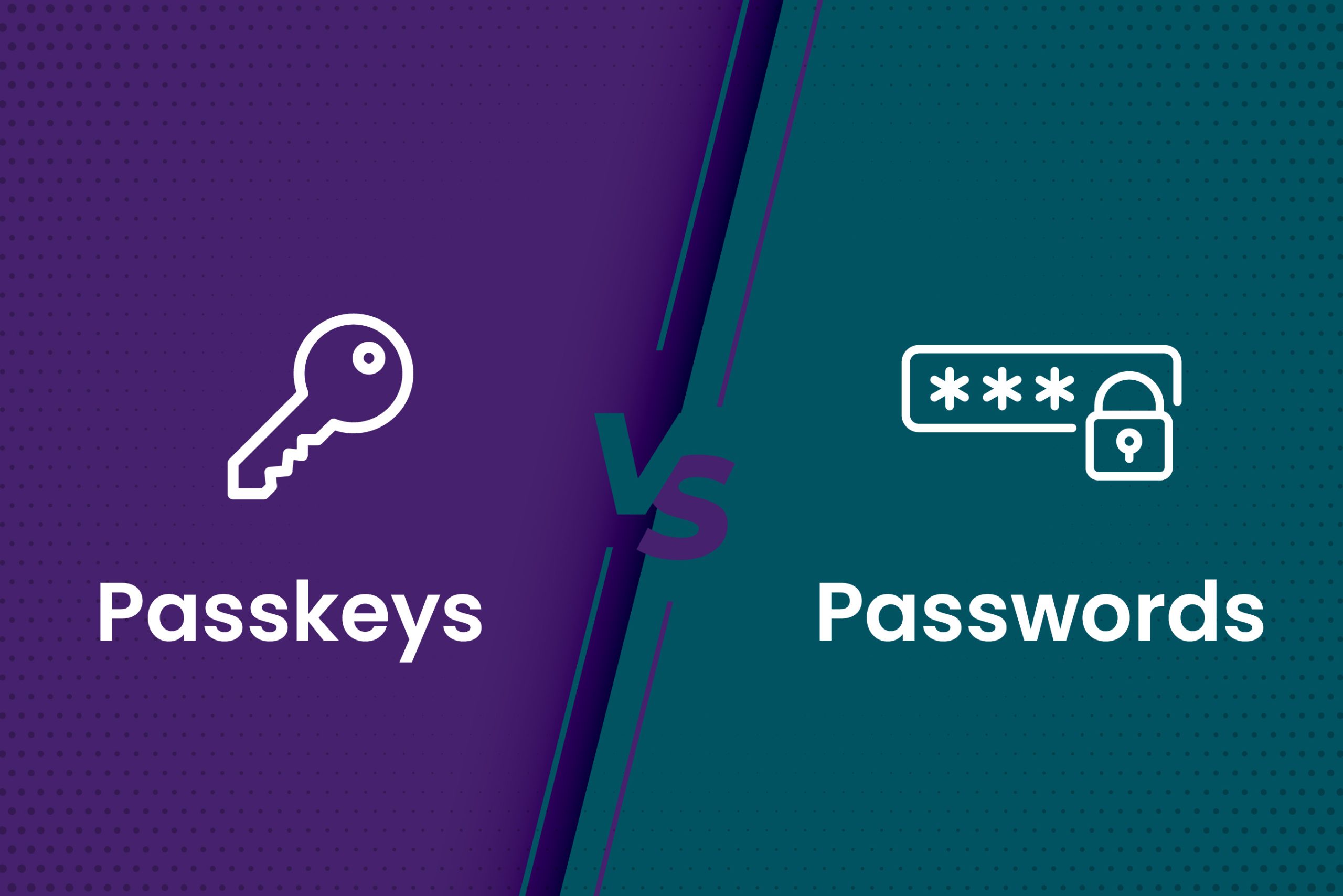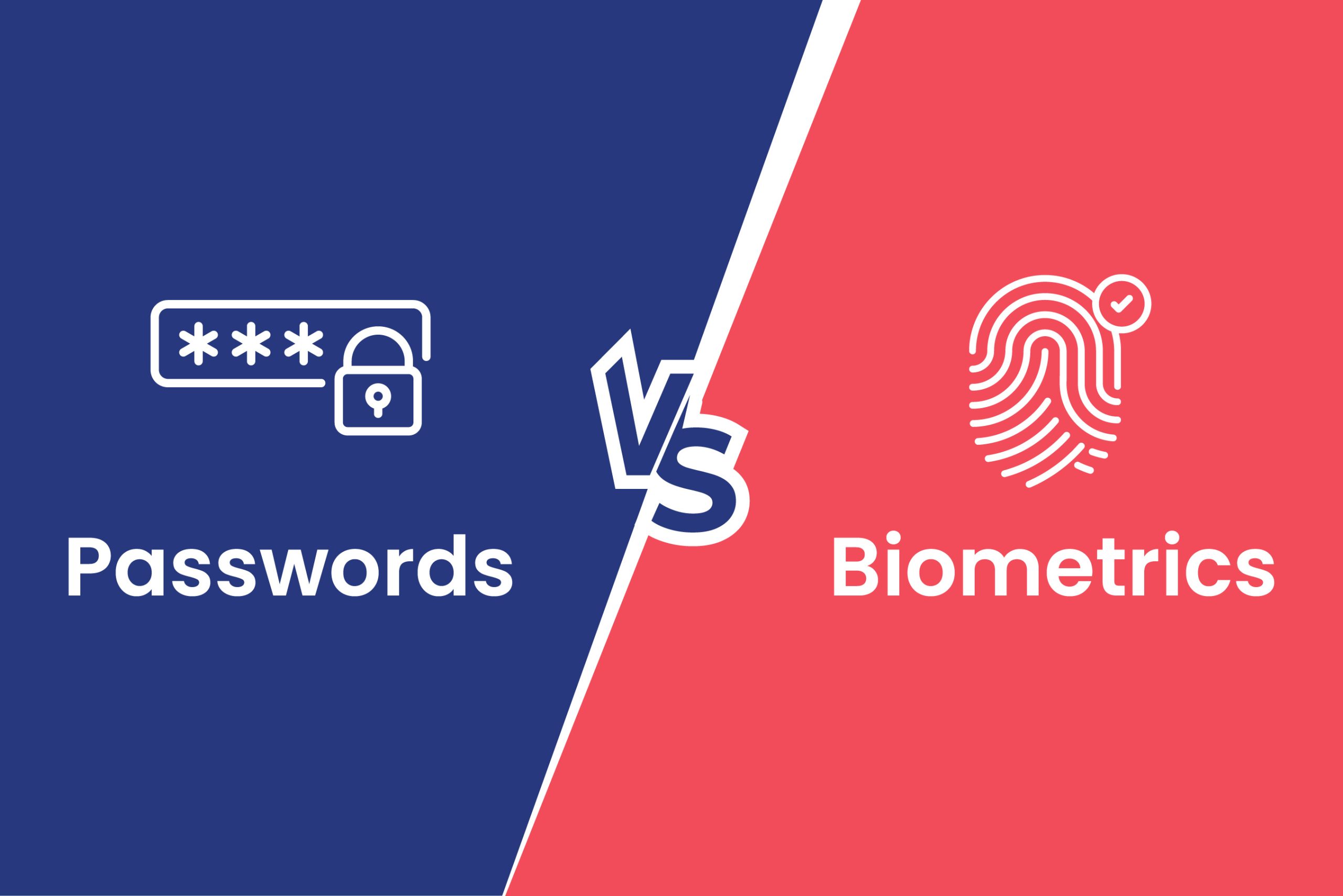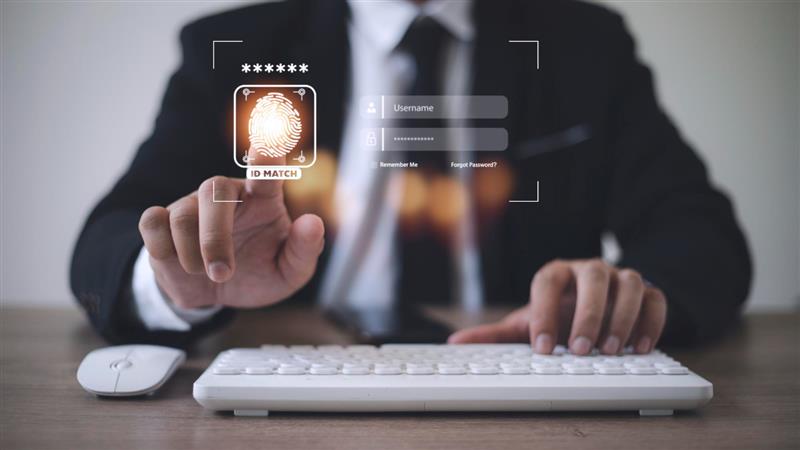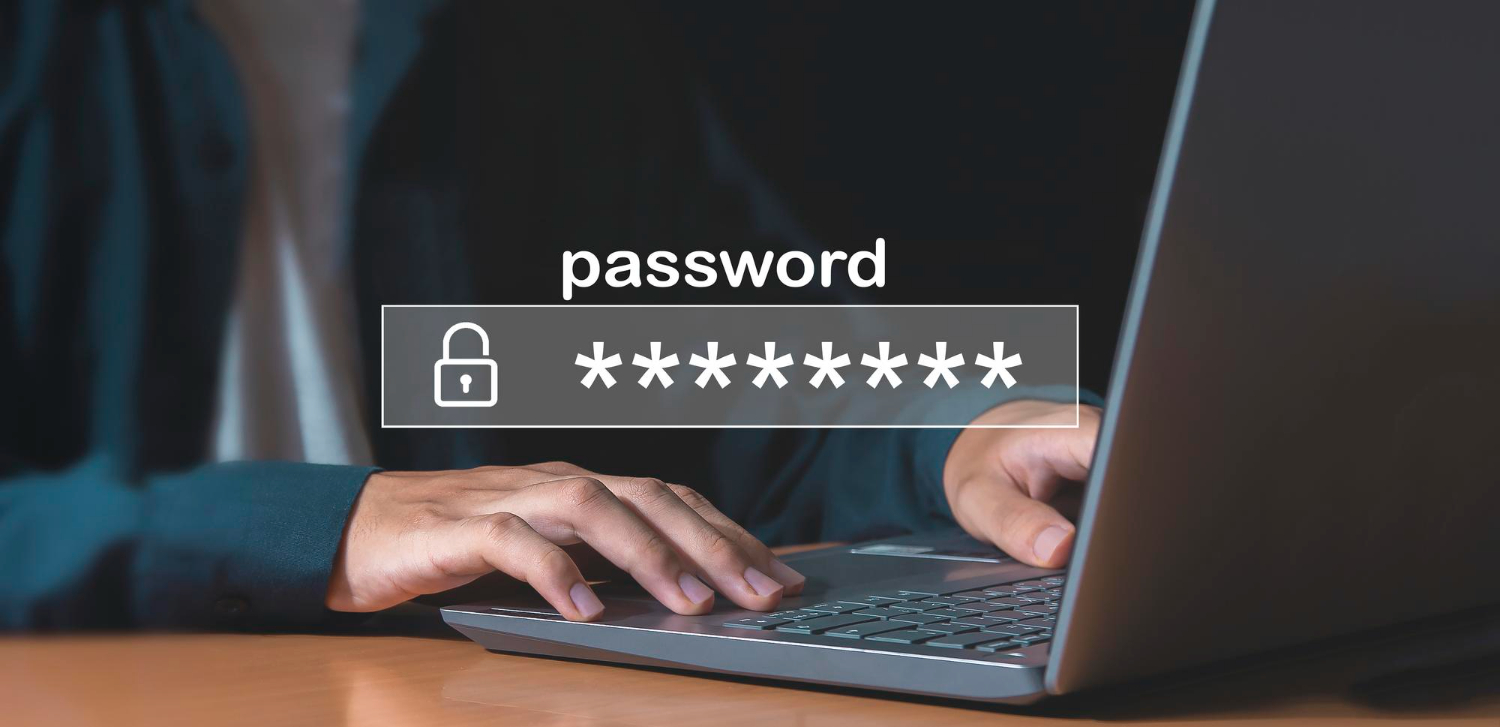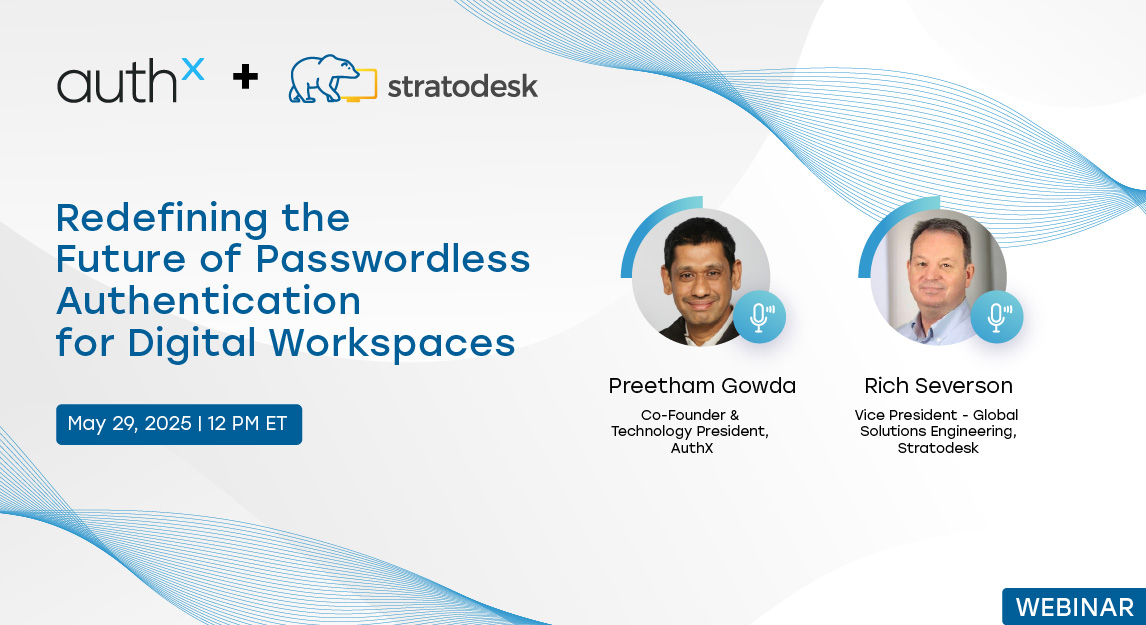Striking the right balance between strong security protocols and preserving high levels of productivity and user satisfaction is a critical challenge in today’s digital world. A shocking 91% of organizations claim that their security protocols hurt productivity, and 92% of employees believe that additional security measures reduce their remote work efficiency (Bitdefender). Furthermore, 43% of employees admit to exchanging login information to avoid time-consuming security procedures, while 50% use personal devices for work duties, often without employer knowledge.
These figures highlight a crucial problem: stringent security protocols can result in risky workarounds compromising security and efficiency. Organizations can no longer afford to compromise on productivity and security. Achieving a balance between security measures that safeguard data and systems without annoying users is crucial. This blog post will explore seven actionable strategies for enhancing security without sacrificing productivity or user experience
1. Make Security User-friendly
Users will attempt to get around security steps which annoys them. Usability must be considered when designing security measures.
User-centric design should come first: Engage employees in security discussions. Understand their processes to reduce disruptions.
Use biometric or passwordless authentication: Implementing these methods can significantly reduce friction.
Communicate clearly: Security risks should be explained in a way that’s easy to understand. Avoid technical jargon and use real-world analogies.
A simple example: Organizations can use single sign-on (SSO) and passwordless authentication methods such as biometrics or hardware tokens instead of requiring employees to create complex passwords they will forget.
2. Adopt Zero Trust Security
Organizations can no longer depend on perimeter-based security models. A zero-trust approach, in which no user or device is trusted by default, is crucial considering hybrid workforces and cloud adoption.
Continuous verification: Be prepared for both internal and external risks. Every access request should require authentication.
Least privilege access: To mitigate the impact of possible breaches, employees should only have the rights required for their specific roles.
Balance security and user experience: Use intelligent authentication to reduce friction while maintaining data protection rather than shutting down systems to the point of frustration.
According to an IT manager, “We’re not just putting up roadblocks—we’re setting up smart traffic signals to guide the right people through while stopping bad actors in their tracks.”
3. Switch to Adaptive Authentication
Not all login attempts need to be scrutinized to the same extent. Adaptive authentication helps ensure that security specifications vary according to risk factors.
Risk-based authentication: To choose the right degree of security, evaluate contextual factors, including location, device, and behavior.
Reduce friction for low-risk activities: Authentication can be streamlined if an employee logs in from a trusted device in a usual location. Additional verification is required if a login attempt comes from an unusual IP.
AI-driven threat detection: Machine learning models can identify anomalies in user behavior and trigger additional authentication steps when needed.
For instance, if an executive logs in from an unusual location at 3:00 a.m., the system may ask for further verification, like Biometric authentication or a security question.
4. Streamline Access using Single Sign-On (SSO)
Poor password hygiene is a significant security concern, as the average employee has over 100 passwords to remember. SSO eliminates this problem.
Single secure login: Allowing employees to access numerous apps with single credentials reduces password-related risks.
Improve efficiency: SSO minimizes time spent logging in, allowing employees to focus on tasks.
Reduce helpdesk costs: Password resets account for up to 40% of IT helpdesk requests. SSO significantly reduces these support costs.
5. Enhance Endpoint Protection
Endpoint security requirements are evolving to protect data across multiple devices as remote and hybrid work become increasingly common.
Comprehensive device security: Ensure that all endpoints are encrypted, equipped with endpoint detection and response (EDR) software, and capable of being remotely wiped during a compromise.
Monitor real-time threats: Use EDR tools to identify risks and act quickly. Traditional antivirus software is no longer adequate.
Implement automated updates: Ensure all devices receive security patches automatically without user intervention.
Consider this: Unpatched software is one of the main vulnerabilities, and endpoints are the target of major attacks. Regular updates and automated safety measures may significantly reduce these risks.
“Security and usability don’t have to be at odds. The key is intelligent authentication—leveraging adaptive security measures that work in the background without disrupting workflows. When security is seamless, employees stay productive, and organizations stay protected” said Shreyas Swamy, Director of Product Engineering at AuthX
Security That Works for You, Not Against You
Security should empower, not hinder. Organizations can establish a secure yet productive environment by implementing user-friendly security measures, adopting Zero Trust, utilizing adaptive authentication, simplifying Access, securing endpoints, and establishing a security-conscious culture. A robust security posture aims to allow people to function safely and effectively, not to have them do extra steps.
Ultimately, companies prioritizing security and user experience will witness increased operational efficiency, fewer security breaches, and happier employees. As cyber threats continue to evolve, so too can our security strategy, which promotes efficiency, trust, and smooth user experiences.







